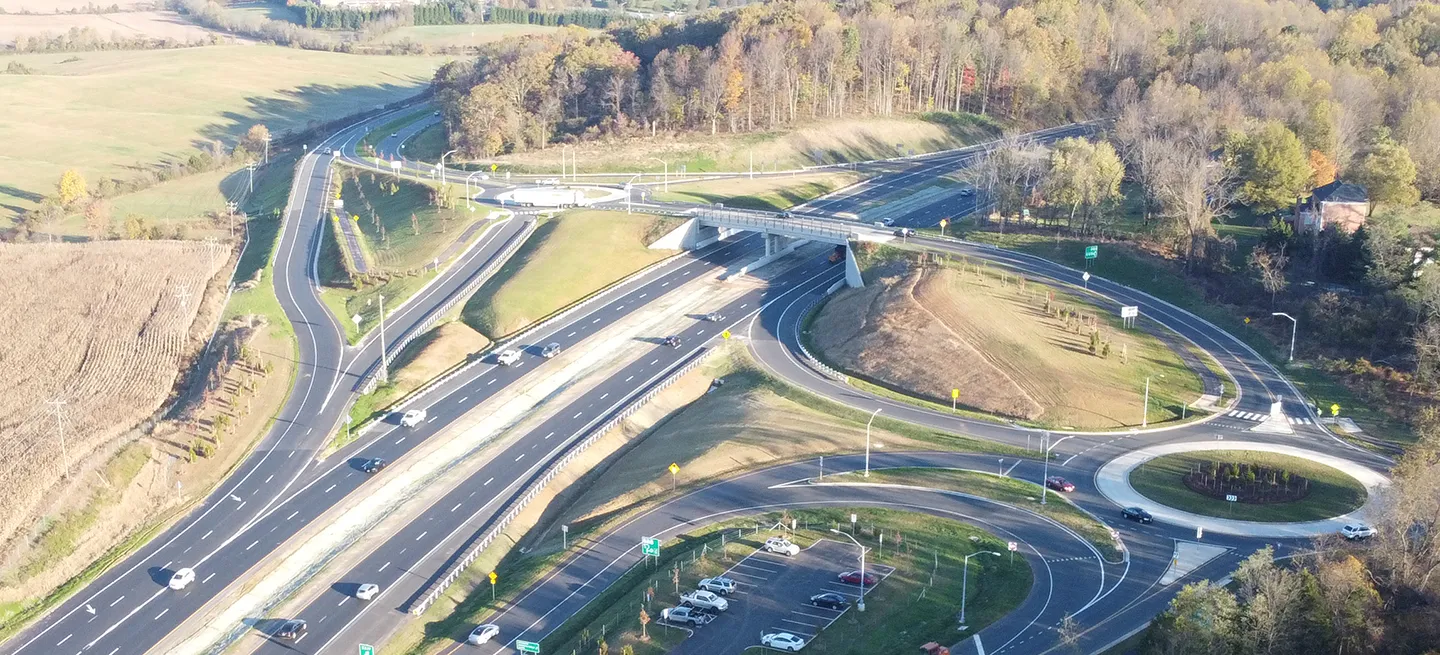World Landscape Architecture Month is a perfect time to share more about the profession, and some of the lesser-known projects that are worked on by landscape architects who are most commonly associated with providing thoughtful design solutions to create quality outdoor spaces and experiences. Landscape architects design these spaces based on the principles of respecting the natural environment, topography, vegetation, culture, and landscape character. Notable projects that most are aware of but maybe did not know were designed by landscape architects include Central Park in New York City, The Emerald Necklace in Boston, and Gas Works Park in Seattle.
Landscape architects design these spaces based on the principles of respecting the natural environment, topography, vegetation, culture, and landscape character."Bryan Lilly
But what if I told you that landscape architects are also called upon to design transportation systems, including roadways. You would likely respond with, “roads are designed by civil engineers.” Your response would be accurate. However, when a roadway system is intended to provide scenic views, enjoyment, and an inspiring experience with its surrounding environment, landscape architects are called upon to assist with the roadway design. Some notable examples of roadway designs influenced by the principles of landscape architecture include the Blue Ridge Parkway in Virginia and North Carolina, and the Going-to-the-Sun Road in Montana.
Blue Ridge Parkway
Landscape architects and engineers combined their skills to create this iconic roadway. While core landscape architecture principles were used in the roadway design, the most important principle according to lead Landscape Architect Stanley W. Abbott was variety—or what he referred to as “the spice” of the parkway. The designers felt strongly that the roadway should not only ride the ridge tops and provide panoramic views, but it should give the driver a full experience of the surrounding environment.
According to Abbott, the roadway was designed for the capability of "following a mountain stream for a while, then climbing up on the slope of a hill pasture, then dipping down into the open bottom lands and back into the woodlands."
Going-to-the-Sun Road
National Park Service landscape architects together with the Bureau of Public Roads engineers created the design specifications for this spectacular roadway through Glacier National Park. The roadway was meticulously designed to blend in with the surrounding environment as much as possible. Bridges, retaining walls, and guardrails were constructed with native material. Additionally, short tunnels are sometimes used to protect the natural topography and vegetation. They also provide visual interest and enjoyment.
Warrenton Southern Interchange
Here at Dewberry, we recently completed the Warrenton Southern Interchange project, which incorporated landscape architecture specifications into its design. This project was located within the Journey Through Hallowed Ground (JTHG) corridor. The JTHG runs south from Pennsylvania, through most of Virginia, and has a robust set of design guidelines for the roadway that were developed by landscape architects. Our landscape architects joined the Warrenton Southern Interchange design team to provide designs that would help keep the project in adherence to the JTHG guidelines.
 We recently completed the Warrenton Southern Interchange project, which incorporated landscape architecture specifications into its design. Photo courtesy of Shirley Contracting Company, LLC.
We recently completed the Warrenton Southern Interchange project, which incorporated landscape architecture specifications into its design. Photo courtesy of Shirley Contracting Company, LLC.
So, the next time someone asks you who designs roadways you can respond “civil engineers and landscape architects,” and your response would be accurate.